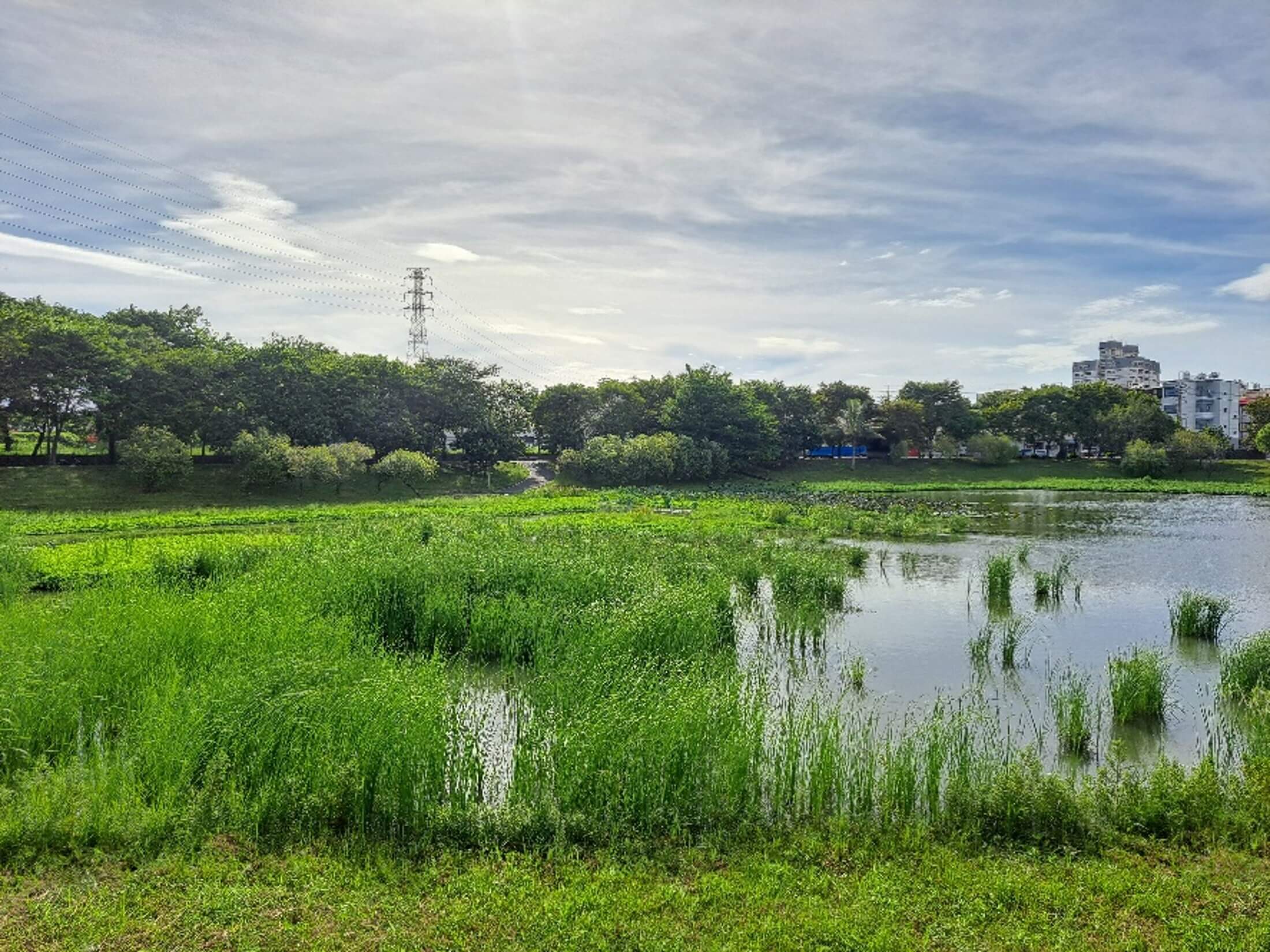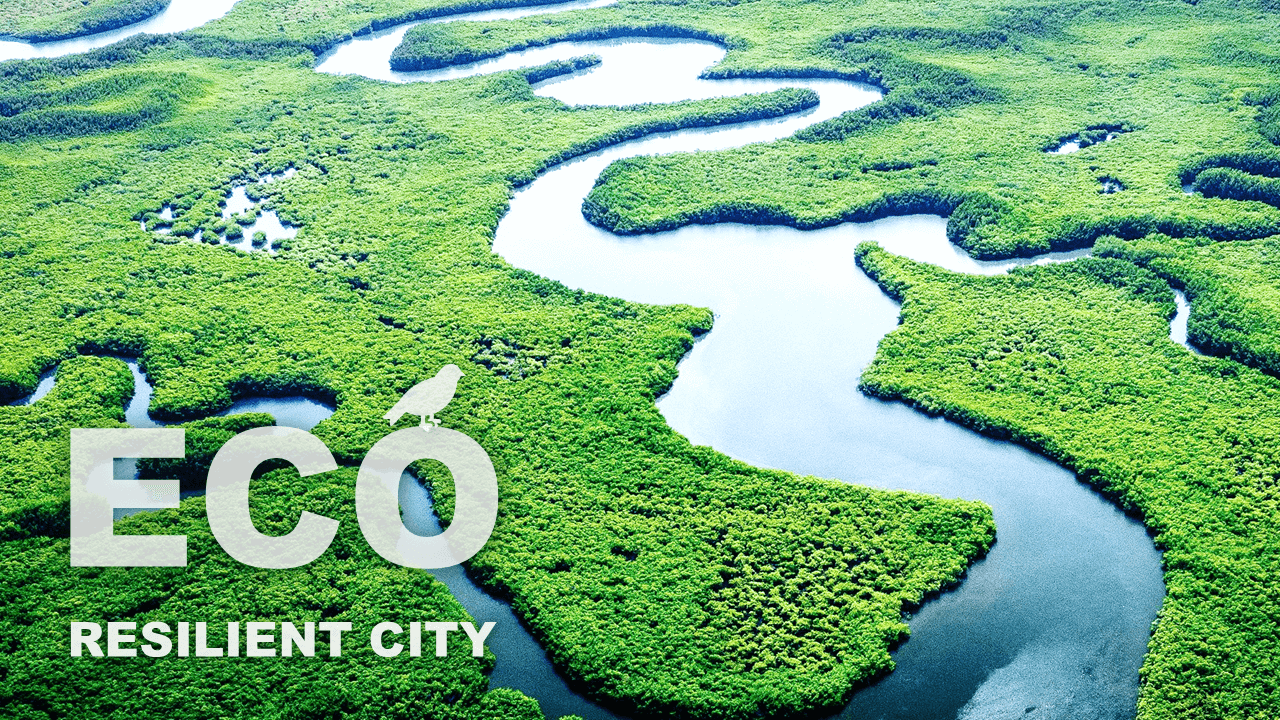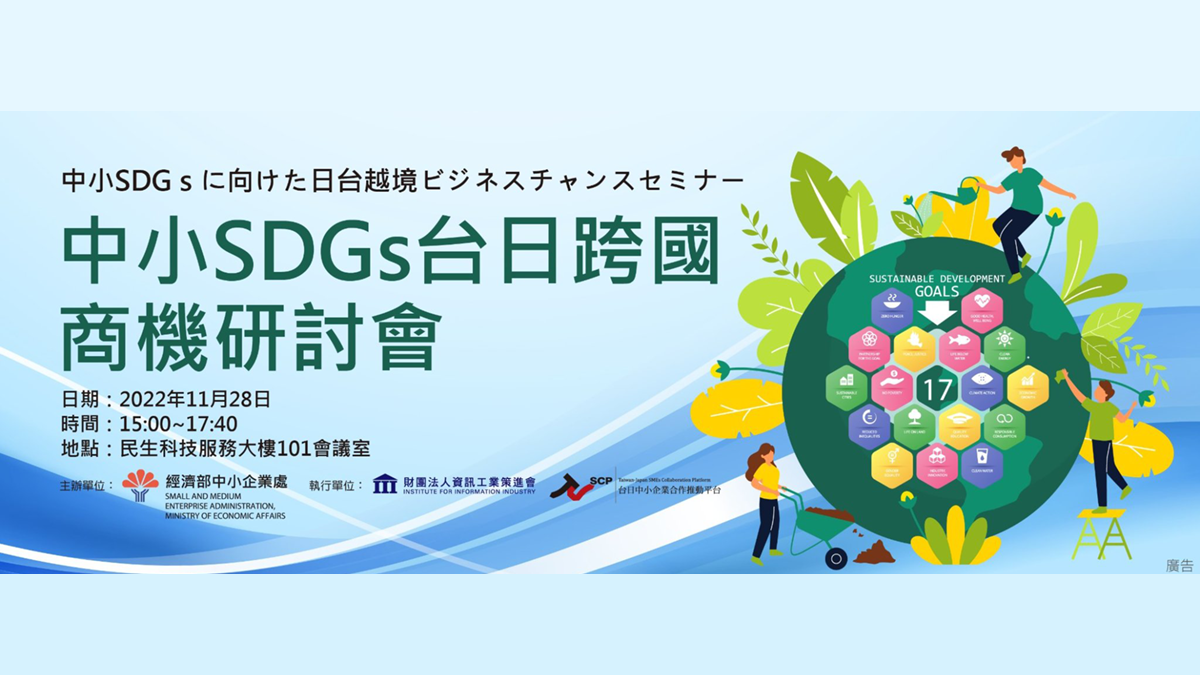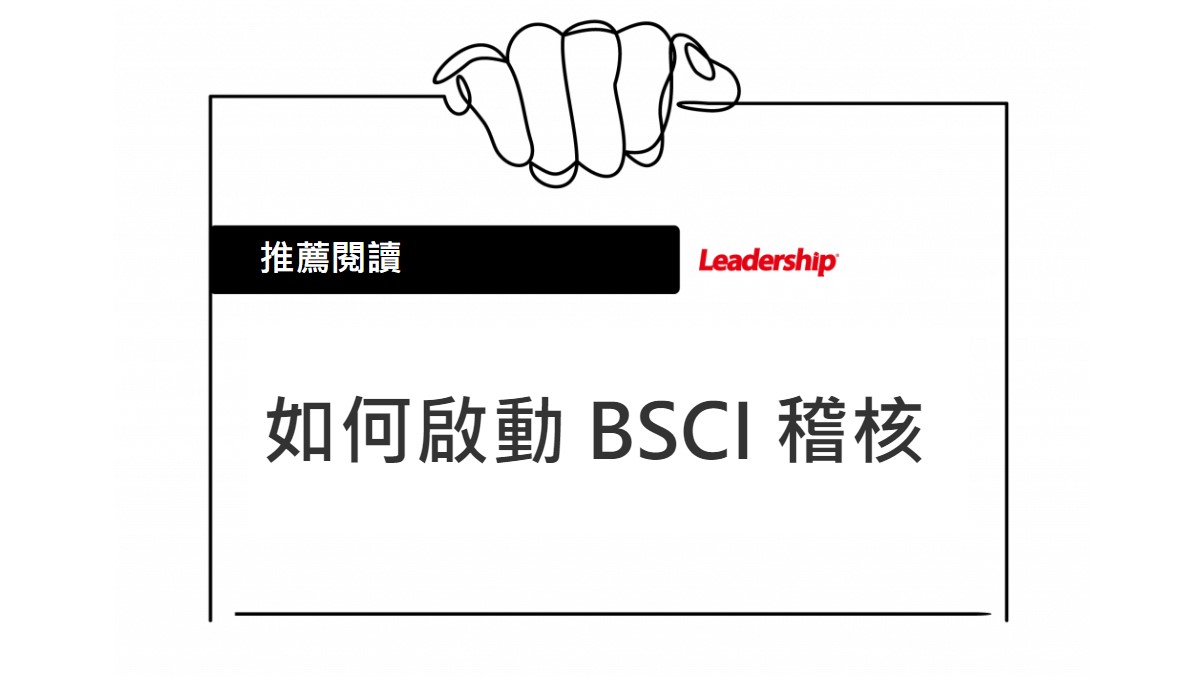Table of Contents
Toggle生態系統服務
在氣候變遷、都市化與極端氣候頻仍的衝擊下,城市面臨著前所未有的水安全與環境韌性挑戰。傳統以硬體設施為核心的水利工程模式,雖有效提升排洪與防災能力,但卻時常忽略了自然生態系統本身所能提供的多重功能價值。隨著生態系統服務 (Ecosystem Services, ES) 理念逐漸受到國際重視,水利治理也面臨轉型的契機:從單一功能導向的工程設施,邁向融合自然、工程與社會需求的多功能空間。
Amid the impacts of climate change, urbanization, and increasingly frequent extreme weather events, cities face unprecedented challenges in water security and environmental resilience. While the traditional water engineering model, centered on hard infrastructure, has effectively improved flood discharge and disaster prevention capabilities, it often overlooks the multiple functional values that natural ecosystems can offer. As the concept of Ecosystem Services (ES) gains increasing international attention, water governance is encountering a critical opportunity for transformation—from single-function engineering facilities to multifunctional spaces that integrate nature, engineering, and societal needs. 生態系統服務
水利工程與生態系統服務的連結潛力
生態系統服務強調生態系統透過自然運作,為人類提供調節氣候、土地支持、食物供給與文化休閒等各類服務。而在水利系統中,眾多基礎設施如滯洪池、排水系統與水庫等,本身即涵蓋水文調節、生物棲地支持與人文空間串聯等功能。若能透過良好規劃與永續管理,這些設施將有潛力發展為結合「工程、生態與社會」的交會點。
以滯洪池為例,傳統設計以削減洪峰為主,近年來部分縣市已積極導入生態工法與景觀設計,兼具濕地保育、生物多樣性維護、都市微氣候調節與綠地碳吸存功能。當滯洪池結合周邊綠帶、排水與人行步道系統,不僅提升防洪韌性與設施效能,也為城市居民創造亦親近的自然空間,展現生態系統服務的多元價值。
Ecosystem services emphasize the benefits provided to humans through the natural functioning of ecosystems, including climate regulation, land support, food provision, and cultural and recreational opportunities. In water systems, many infrastructures such as detention basins, drainage networks, and reservoirs inherently encompass functions like hydrological regulation, habitat support, and the connection of public spaces. With proper planning and sustainable management, these facilities have the potential to develop into intersections where engineering, ecology, and society converge.
Taking detention basins as an example, traditional designs have primarily focused on reducing peak flood flows. In recent years, some municipalities have actively incorporated ecological engineering methods and landscape design, combining wetland conservation, biodiversity preservation, urban microclimate regulation, and green carbon sequestration. When detention basins are integrated with surrounding green belts, drainage systems, and pedestrian pathways, they not only enhance flood resilience and facility performance but also create accessible natural spaces for urban residents, demonstrating the diverse value of ecosystem services.
生態檢核、節能減碳與生態系統服務整合方向
自2017年起,公共工程全面推動生態檢核制度,要求工程於規劃設計階段納入生態衝擊評估與生態保育對策,此制度的落實,促成工程設計思維與生態環境保護之間的初步整合。同時,節能減碳政策亦積極擴展至工程領域,如「公共工程節能減碳檢核注意事項」提出的五項減碳策略,涵蓋資源最佳化、減廢再利用、綠色採購及植栽固碳等面向,為工程永續轉型提供制度依據。
從生態系統服務的觀點出發,水利工程在設計、施工與後續管理階段均具備導入相關策略的潛力,歸納如下:
- 滯洪池設施的調節服務:透過植生滯洪池與河岸緩坡化設計,有效提升洪水調節與水質淨化功能。
- 維護在地植被的支持服務:工程保留原生植被與土壤系統,有助於維繫棲地完整性並降低碳排放。
- 水庫系統的供給服務:穩定提供民生、農業與產業用水,為城市與農村地區的重要水資源來源。
- 公私協力導向的文化服務:結合企業、社區居民與學校共同參與水利設施的環境教育與生態維護,提升環境意識並增進在地認同感。
透過多元視角重新詮釋工程價值,生態檢核與節能減碳檢核將不再被視為工程設計的限制因素,而是引導工程仿效自然、創造共益的契機,實現人為系統與自然系統的正向循環。
以高雄市劉厝滯洪池與白米滯洪池為例,透過景觀設計巧思與喬灌木植栽配置,兩座滯洪池在非汛期兼具濕地生態系統與城市綠地功能,平時不僅提供民眾休憩運動的友善空間,也成為野生動物的重要棲息地,吸引有「凌波仙子」美名的保育類水雉駐足繁衍。此外,滯洪池周邊的樹木植栽亦發揮碳吸存效益,有助於實現城市碳管理目標。汛期來臨時,滯洪池則迅速轉化為調節典寶溪逕流量的重要設施,有效發揮防洪與減災功能。
近年,高雄市政府更攜手社團法人高雄市野鳥學會辦理滯洪池賞鳥導覽活動,邀請民眾深入濕地空間、探索野鳥生態,促進環境教育與地方參與,進一步強化大眾對水利設施與自然共存價值的認同,實踐生態系統服務中文化服務的核心精神。
生態系統服務
Since 2017, public works projects in Taiwan have fully implemented the ecological inspection system, requiring engineers to incorporate ecological impact assessments and conservation measures during the planning and design stages. The implementation of this system has initiated the integration of engineering design thinking with ecological protection. At the same time, energy-saving and carbon-reduction policies have been actively extended to the engineering sector. For example, the “Guidelines for Energy Saving and Carbon Reduction in Public Works” propose five carbon-reduction strategies, covering resource optimization, waste reduction and reuse, green procurement, and vegetation-based carbon sequestration, providing a policy framework for the sustainable transformation of engineering projects.
From the perspective of ecosystem services, water engineering projects have the potential to incorporate relevant strategies during the design, construction, and subsequent management stages.

(攝影/宋明儒)
展望:從生態服務走向生態治理
若水利單位進一步導入農業單位正推行的「生態給付」(Payments for Ecosystem Services, PES) 機制,將有助於建立多元利害關係人之間的合作平台。例如,透過補助地主保留濱溪林帶、支持社區參與滯洪池生態維護,或鼓勵上游集水區採行自然友善農法,以減緩面源污染與強化水源涵養。這類措施不僅可提升工程後續維護效率,更能將生態服務轉化為有價值的公共資源,推動城市邁向韌性與永續。
結語
推動生態系統服務不應僅侷限於農業部門,更應成為全體公共建設與城市治理的共同目標。水利工程作為都市空間的重要基礎系統,擁有高度整合自然與人為功能的潛力。透過生態檢核、節能減碳與生態系統服務等政策與實務的串聯,水利單位有望成為推動生態治理的實踐者,為打造兼具防災韌性與永續價值的城市,開啟新的篇章。
參考資料
- Millennium Ecosystem Assessment. (2005). Ecosystems and human well-being: Synthesis. Island Press.
- Wunder, S. (2005). Payments for environmental services: Some nuts and bolts (CIFOR Occasional Paper No. 42). Center for International Forestry Research.
- 自由時報(2022年8月5日)。高雄典寶溪滯洪池營造棲地 迎來7隻珍稀「凌波仙子」。
- 行政院公共工程委員會(2023)。《公共工程節能減碳檢核注意事項》。
- 高雄市政府水利局(2023年12月6日)。高市府與野鳥學會攜手合作 打造典寶溪滯洪池生物多樣棲息環境。
- 高雄市政府都市發展局(2024)。護‧海綿城市 親水滯洪。《城市發展半年刊》,25,50–55。
延伸閱讀
WSP觀點/水管理新時代 : 從流域治理到社會共擔的永續策略
WSP觀點/可行性評估與環境監測:碳捕捉後封存(CCS)的關鍵步驟與挑戰
關於WSP
科進栢誠(WSP)是世界領先的專業工程顧問公司,致力於「Future Ready」文化的倡議與實踐,凝聚全球智慧,為交通、環境、建築、電力及能源等領域提供專業的永續解決方案與策略諮詢服務。
作者資訊
WSP科進栢誠工程顧問股份有限公司
資深工程師,水環事業部
- 專長於濕地環境監測、濕地碳匯評估與工程生態檢核等領域
- 擁有超過5年生態調查與工程生態檢核實務經驗,曾參與執行多處中央及地方政府公共工程生態檢核計畫。
- 聯絡資訊:mark.song@wsp.com







